Community / Economic Development

What Is Walkability?
Walkability refers to the ability to safely walk to services and amenities within a reasonable distance, usually defined as a walk of 30 minutes or less.
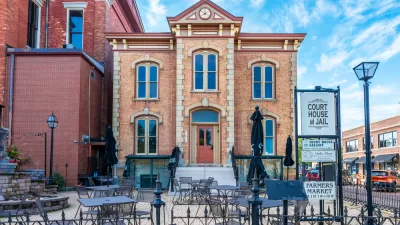
Map of Pandemic Real Estate Risk Focuses on New Jersey, Illinois, California
A new study evaluates county-level foreclosure risk, underwater home values, and more real estate market data after two years of the Covid-19 pandemic in the United States.
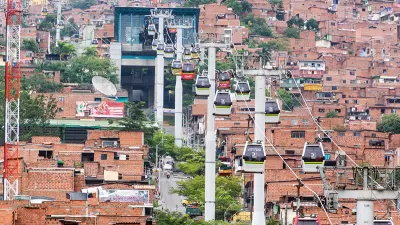
Infrastructure Investment for Public Safety: Lessons from Medellín
A natural experiment in Medellín indicates that infrastructural investments can reduce crime and improve perceptions of public safety.

Navajo Leaders: Renewable Energy Transition Must Account for Equity
Native American leaders in the Southwest want to ensure their communities have a voice, and an opportunity for well-paying jobs, in renewable energy projects on Native land.

Mobile Social Services Address Gaps in Suburban Colorado
In the Denver suburb of Aurora, nonprofits are using 'mobile public spaces' to reach refugees settling in the autocentric community.
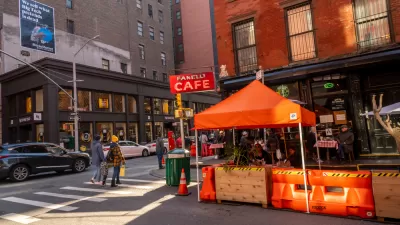
Outdoor Dining: Too Popular to Abandon
Some cities that took the almost unprecedented step to loosen restrictions on outdoor dining in the early days of the pandemic are deciding to make their new outdoor dining rules permanent.
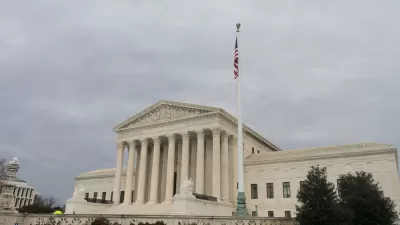
Supreme Court: OSHA Exceeded its Public Health Authority
The Supreme Court ruled that the Occupational Safety and Health Administration had overreached its authority to protect the health of workers in large private companies. In a separate decision, it upheld a vaccine mandate for most healthcare workers.
Watch: Secretary Buttigieg's Keynote Address to TRB 2022 Annual Meeting
U.S. Transportation Secretary Pete Buttigieg addressed attendees of the Transportation Research Board’s 2022 Annual Meeting during a plenary session on January 12, 2022.
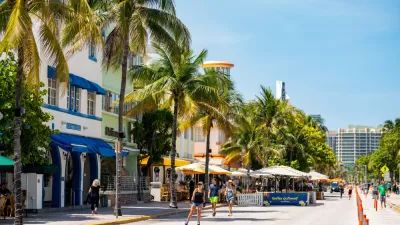
Miami Beach to Reopen Ocean Drive to Cars
The famous cruising strip was off-limits to cars during the pandemic. Now, the city is letting vehicles return with some pedestrian-oriented compromises.
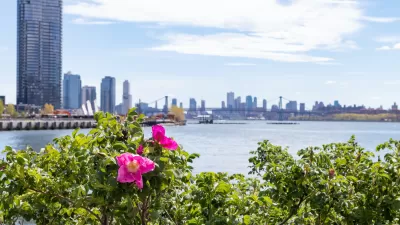
The Built Environment in 2022: Challenges and Opportunities
As climate change, the pandemic, and a historic housing crisis continue to impact the nation, experts weigh in on the issues that could shape the future of the built environment in 2022.

Small Communities Could Lose Out on Infrastructure Funding
Awarding federal funding via competitive grants could block grant opportunities for communities that need them the most.
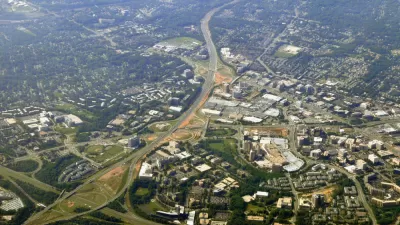
Rethinking Retail Space in the Wake of COVID-19
As e-commerce boomed and people sought outdoor shopping and dining options, the pandemic accelerated the decline of massive, merchandise-oriented retail spaces and indoor malls.
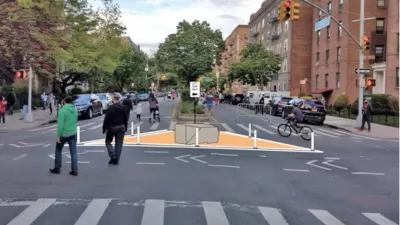
More Evidence That Open Streets Improve Safety
An analysis of New York's 34th Avenue shows substantial reductions in crashes and injuries, strengthening the body of evidence supporting car-free streets.

Northern California Port Seeks Offshore Wind Lease
The Port of Humboldt has proposed a plan to modernize its facilities to accommodate offshore wind energy production, hoping to stimulate the local economy and create sustainable jobs.

Massive New Park Coming to the Inland Empire
A 3.5-mile long greenway will bring trails, recreational facilities, and open space to Ontario, in San Bernardino County, California.
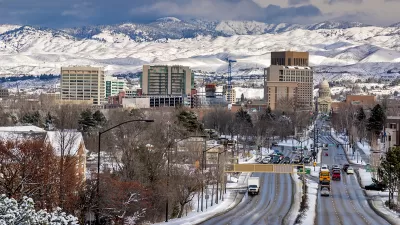
Housing Market Running Past the Labor Market in Idaho
Housing prices are outpacing wage growth in one of the fastest growing states in the country.

How Remote Work Could Reshape American Cities
If projections about remote work hold true, the resulting migration could shift economic centers, disperse housing market pressures, and transform the politics of small communities.
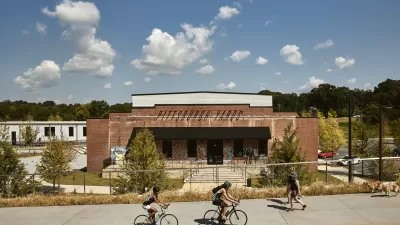
Measuring and Mapping Change Around the Atlanta BeltLine
A new way of keeping track of the changes caused by one of the nation's "most ambitious urban redevelopment projects."

Private Developers to Renovate NYC Public Housing
A consortium of developers have secured a $600-million loan to renovate more than 1,600 units in the New York City Housing Authority's portfolio.

Transit Agencies Direct Resources to Core Ridership
As commuter ridership continues to lag due to the pandemic, transit systems are adjusting to better serve the essential workers and transit-dependent households who need them the most.
Pagination
Urban Design for Planners 1: Software Tools
This six-course series explores essential urban design concepts using open source software and equips planners with the tools they need to participate fully in the urban design process.
Planning for Universal Design
Learn the tools for implementing Universal Design in planning regulations.
Clanton & Associates, Inc.
Jessamine County Fiscal Court
Institute for Housing and Urban Development Studies (IHS)
City of Grandview
Harvard GSD Executive Education
Toledo-Lucas County Plan Commissions
Salt Lake City
NYU Wagner Graduate School of Public Service


































